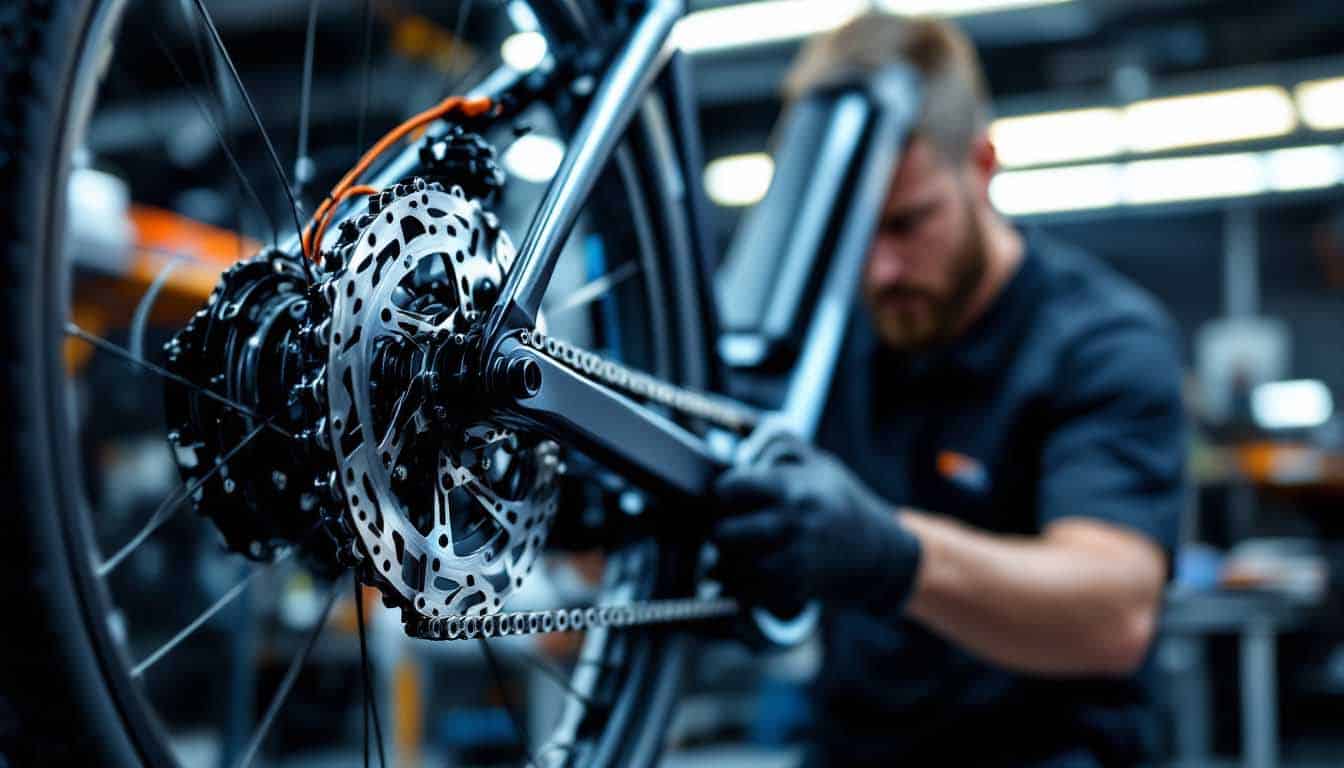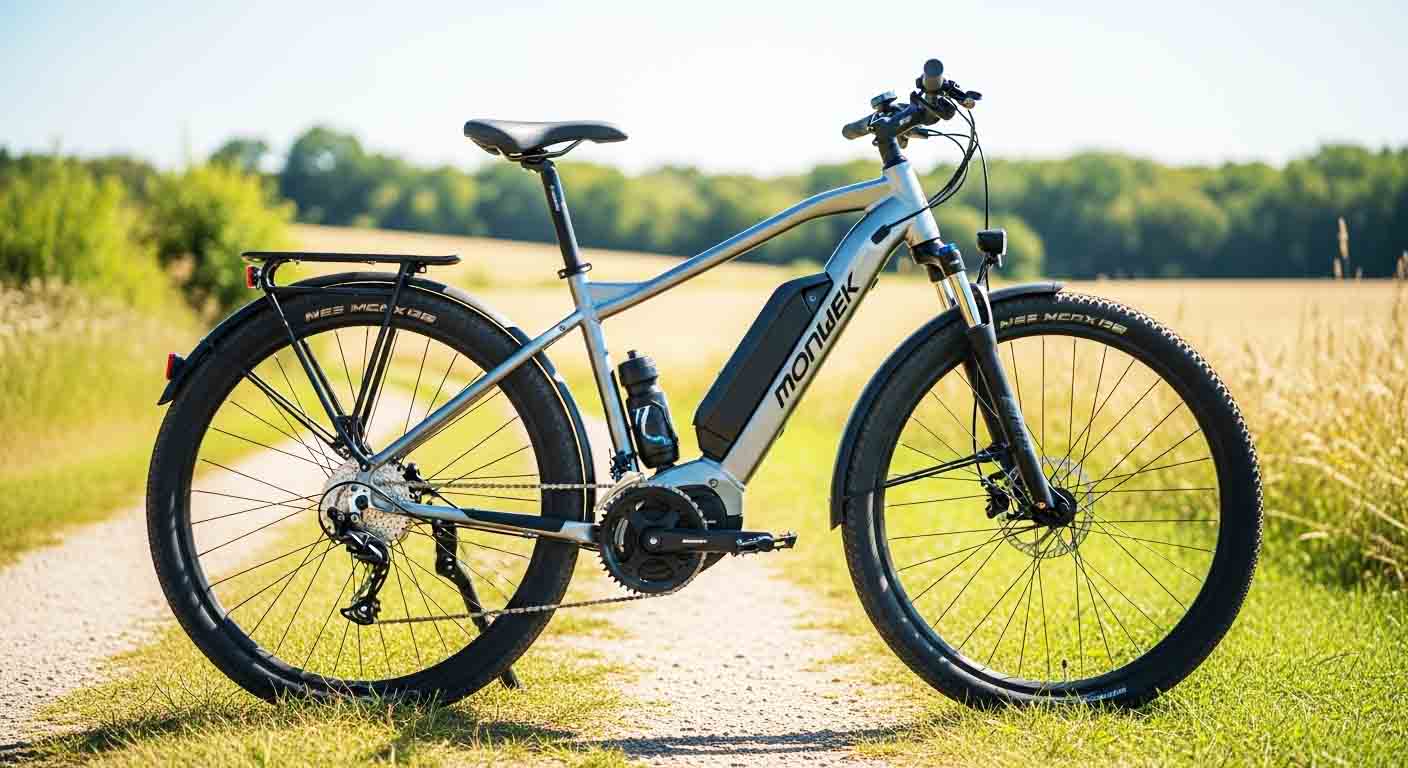E-Bike Conversion Kits: Are They Worth It Compared to Buying a New E-Bike?
E-Bike Conversion Kits: Are They Worth It Compared to Buying a New E-Bike?
Electric bikes (e-bikes) are booming in popularity, offering a greener and more efficient way to commute, exercise, and explore the outdoors. But if you already own a traditional bicycle, you might be wondering: should you buy a brand-new e-bike, or is it smarter (and cheaper) to install an e-bike conversion kit on your current bike?
This guide takes a deep dive into e-bike conversion kits, weighing the pros and cons against buying a new e-bike, and helping you decide which option fits your lifestyle, budget, and riding goals.
What Is an E-Bike Conversion Kit?
An e-bike conversion kit is a package of components that transforms a regular bicycle into an electric bike. Most kits include:
-
Motor: Typically installed in the front hub, rear hub, or mid-drive crank.
-
Battery: Powers the motor; usually mounted on the frame or rear rack.
-
Controller: The “brain” that regulates power from the battery to the motor.
-
Throttle and/or Pedal Assist Sensor (PAS): Lets you control when and how the motor engages.
-
Display: Shows speed, distance, battery life, and other key info.
In essence, conversion kits provide the same basic functionality as a purpose-built e-bike, but they allow you to keep your current bike.
Why Consider a Conversion Kit?
For many riders, conversion kits are appealing because they can:
-
Save money compared to buying a new e-bike.
-
Recycle an existing bike instead of letting it collect dust in the garage.
-
Customize power and range according to your needs.
But conversion kits aren’t perfect. Installation, compatibility, and long-term performance are important considerations. Let’s break down the key comparisons.
Cost: Conversion Kit vs. New E-Bike
-
Conversion Kits: Prices typically range from $300 to $1,000, depending on power (measured in watts), battery size, and features. Some DIY kits are cheaper, while premium mid-drive kits can go over $1,200.
-
New E-Bikes: Entry-level models start around $1,000 to $1,500, while mid-range commuter e-bikes cost between $2,000 and $3,500. High-performance models for off-road or cargo use can exceed $5,000.
👉 If you already own a good-quality bike, a conversion kit can cost half or even a third of a new e-bike. However, keep in mind that if your bike is old, worn, or not designed to handle extra weight and torque, investing in a new e-bike may provide better long-term value.
Performance: Power and Range
-
Conversion Kits: Many offer motors between 250W and 750W, which is more than enough for city commuting. Mid-drive kits provide better hill climbing and efficiency but cost more and are harder to install. Range depends on the battery, but most conversion kits deliver 20–50 miles per charge.
-
New E-Bikes: Manufacturers optimize the frame, motor, and battery together, often resulting in smoother performance and better balance. Some models come with integrated batteries that look sleek and provide 50–80 miles of range with higher efficiency.
👉 Conversion kits can match or even exceed entry-level e-bikes in performance, but purpose-built models usually offer a more refined and reliable riding experience.
Installation and Compatibility
-
Conversion Kits: Installation can take 1–3 hours depending on your mechanical skills. Hub motor kits are generally easier to install than mid-drive systems. Compatibility depends on wheel size, frame style, and brake type. If your bike has disc brakes or unusual frame geometry, finding the right kit may be tricky.
-
New E-Bikes: Zero installation required. You simply buy the bike and start riding.
👉 If you enjoy DIY projects and have basic bike repair skills, a conversion kit can be satisfying. But if you’re not mechanically inclined, professional installation adds extra cost.
Durability and Maintenance
-
Conversion Kits: Because they retrofit an existing bike, components may not always align perfectly. The added weight and torque can strain older frames, wheels, and brakes. You’ll also need to replace parts like chains and brake pads more frequently if using a powerful motor.
-
New E-Bikes: Designed from the ground up for electric use. Frames, brakes, and drivetrains are reinforced to handle added stress. Warranties often cover both the bike and electronics, giving peace of mind.
👉 If your current bike is high-quality and in excellent shape, a conversion kit can last for years. But if your bike is entry-level or aging, investing in a purpose-built e-bike may be safer and more reliable.
Customization and Flexibility
-
Conversion Kits: Highly customizable. You can choose motor power, battery size, throttle vs. pedal assist, and even swap parts later. Great for tinkerers and riders who want control over their setup.
-
New E-Bikes: Less flexible. What you buy is what you get, although accessories (racks, lights, fenders) are often easier to integrate.
👉 If you value control and flexibility, conversion kits are the winner. If you value simplicity and plug-and-play convenience, go with a new e-bike.
Environmental Impact
Both options are eco-friendly, but conversion kits have the edge here. By reusing your existing bike, you reduce manufacturing demand and extend the lifespan of a perfectly functional frame. Buying a new e-bike, on the other hand, involves new resources, shipping, and production emissions.
Who Should Choose a Conversion Kit?
A conversion kit may be the right choice if you:
-
Already own a bike you love and it’s in good condition.
-
Are budget-conscious and want e-bike benefits for less.
-
Enjoy DIY projects and don’t mind some setup work.
-
Want flexibility in customizing power and battery options.
Who Should Buy a New E-Bike?
A new e-bike may be better if you:
-
Don’t own a suitable bike or your current bike is old.
-
Prefer a polished, warranty-backed product.
-
Want maximum reliability for commuting or daily use.
-
Don’t have time (or patience) to deal with installation or potential compatibility issues.
Final Verdict: Are Conversion Kits Worth It?
E-bike conversion kits are absolutely worth it for many riders — especially if you already own a solid bike and want to save money while going electric. They offer flexibility, lower cost, and an eco-friendly way to breathe new life into your current ride.
However, if you’re looking for seamless integration, long-term reliability, and zero hassle, buying a new e-bike may be the smarter investment.
At the end of the day, both paths can get you riding farther, faster, and greener — it all depends on your priorities.
RELATED POSTS





